Ingūna Elere and Holgers Elers
Ingūna Elere and Holgers Elers, co-founders of Design Studio H2E, have been named the 2025 SEGD Fellows—honored for their lasting impact on experiential design. They received their recognition at the 2025 SEGD Conference Experience San Francisco on Saturday, November 15.
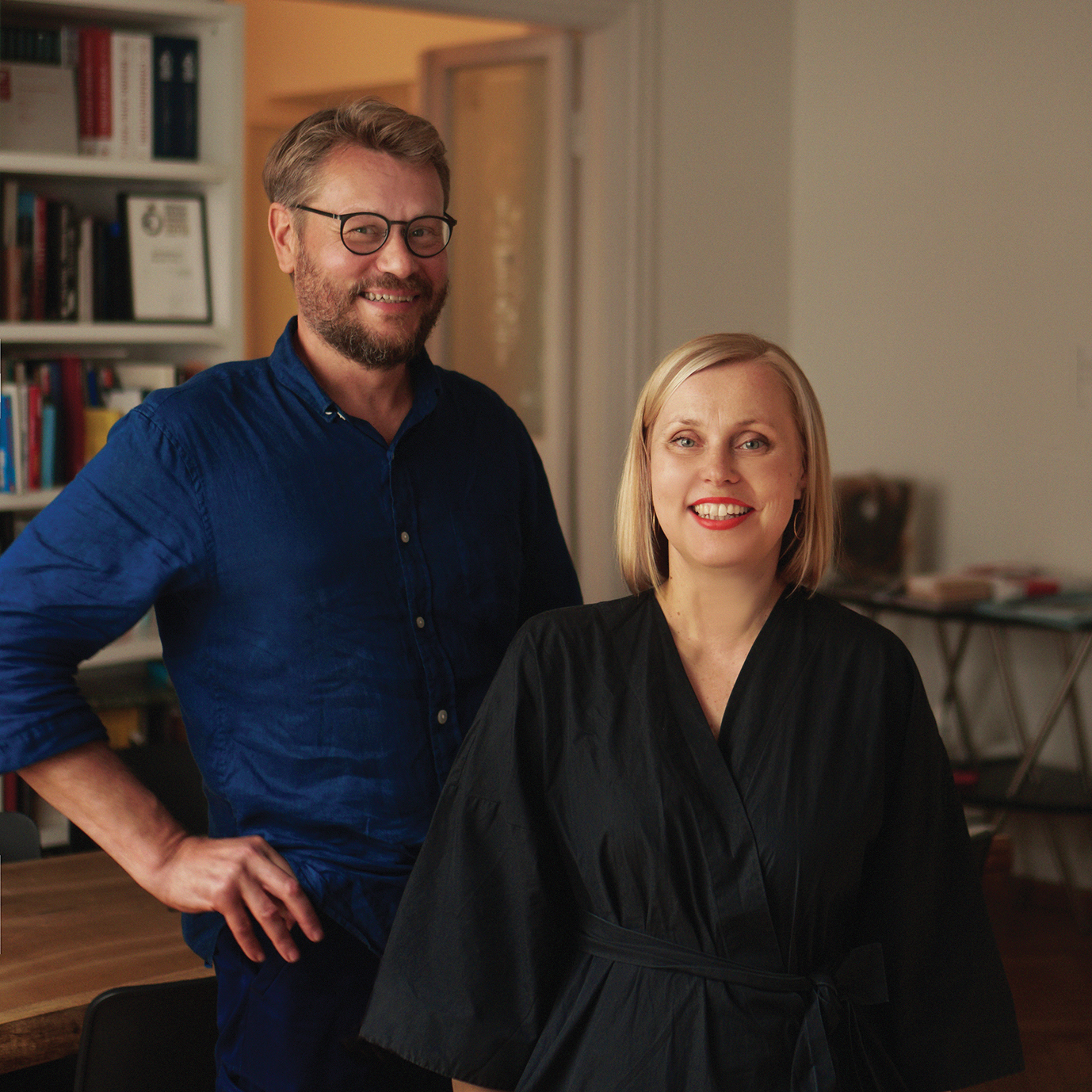
2025 SEGD Fellows
Partners in life and design, Ingūna Elere and Holgers Elers have profoundly shaped the field of exhibition design in Latvia and beyond. As co-founders of Design Studio H2E in Riga, they have built a practice that bridges art, architecture, communication, and memory—crafting spaces that speak not only to function but also to emotion and meaning.
Both bring strong artistic roots to their work. Ingūna established the Interior Design Department at the Art Academy of Latvia, has long championed the power of design as a communicative and empathetic act. Holgers, professor in the Academy’s Design Department, approaches projects with a deep technical and designer sensibility. Together, their partnership embodies a balance of vision and execution: she, the strategist and storyteller; he, the constructor and conductor who ensures ideas are realized in built form.
Since Latvia’s independence in the 1990s, H2E has been central to defining the nation’s design identity. Their Latvian Pavilion at Expo 2000 in Hanover marked the country’s re-emergence onto the world stage. Over the decades, their work has spanned exhibitions, public installations, wayfinding, and memorials. Among their most significant contributions is the Memorial to the Victims of Soviet Occupation, an SEGD Global Design Awards Best of Show project that embodies restraint, memory, and silence. They have also led transformative projects for the Children’s Clinical University Hospital of Latvia, the Museum of the Occupation of Latvia, and numerous cultural institutions.
Their work has been recognized with three SEGD Best of Show Awards — a rare distinction — along with honors from Red Dot, iF Design and Communication Arts. Just as importantly, their teaching has inspired a generation of designers to approach design as a form of activism, empathy, and dialogue.
As they put it, “Life is too short to only solve for function.” For H2E, every project must offer another layer — meaning, value, or emotion. In doing so, Ingūna and Holgers have elevated Latvian design onto a global stage, while remaining rooted in their own cultural identity. Their legacy lies not just in the striking physicality of their work but in the humanity and honesty at the heart of every space they create.
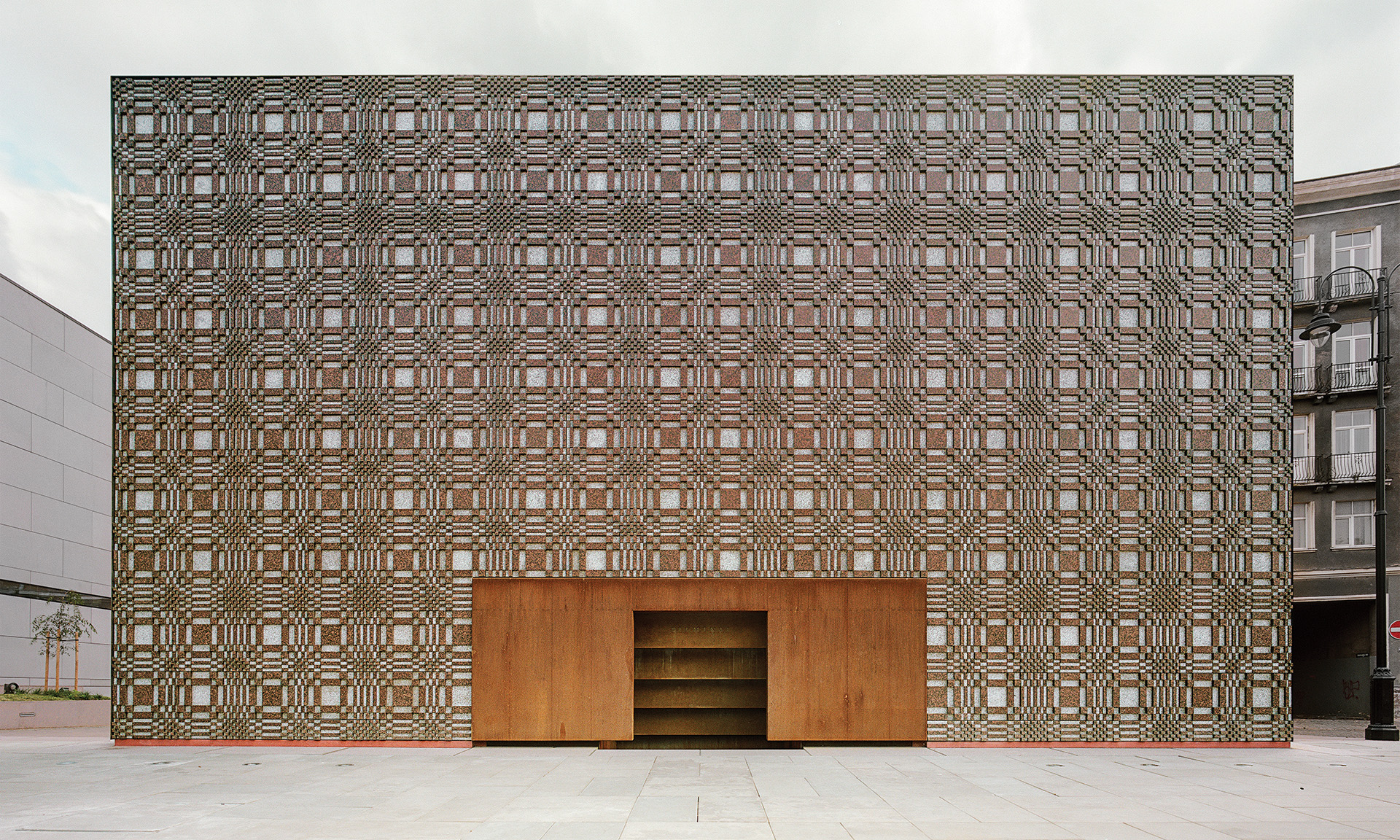
The Tactile of History, Memorial to the Victims of the Soviet Occupation; Photo credit: Design Studio H2E, Indriķis Stūrmanis
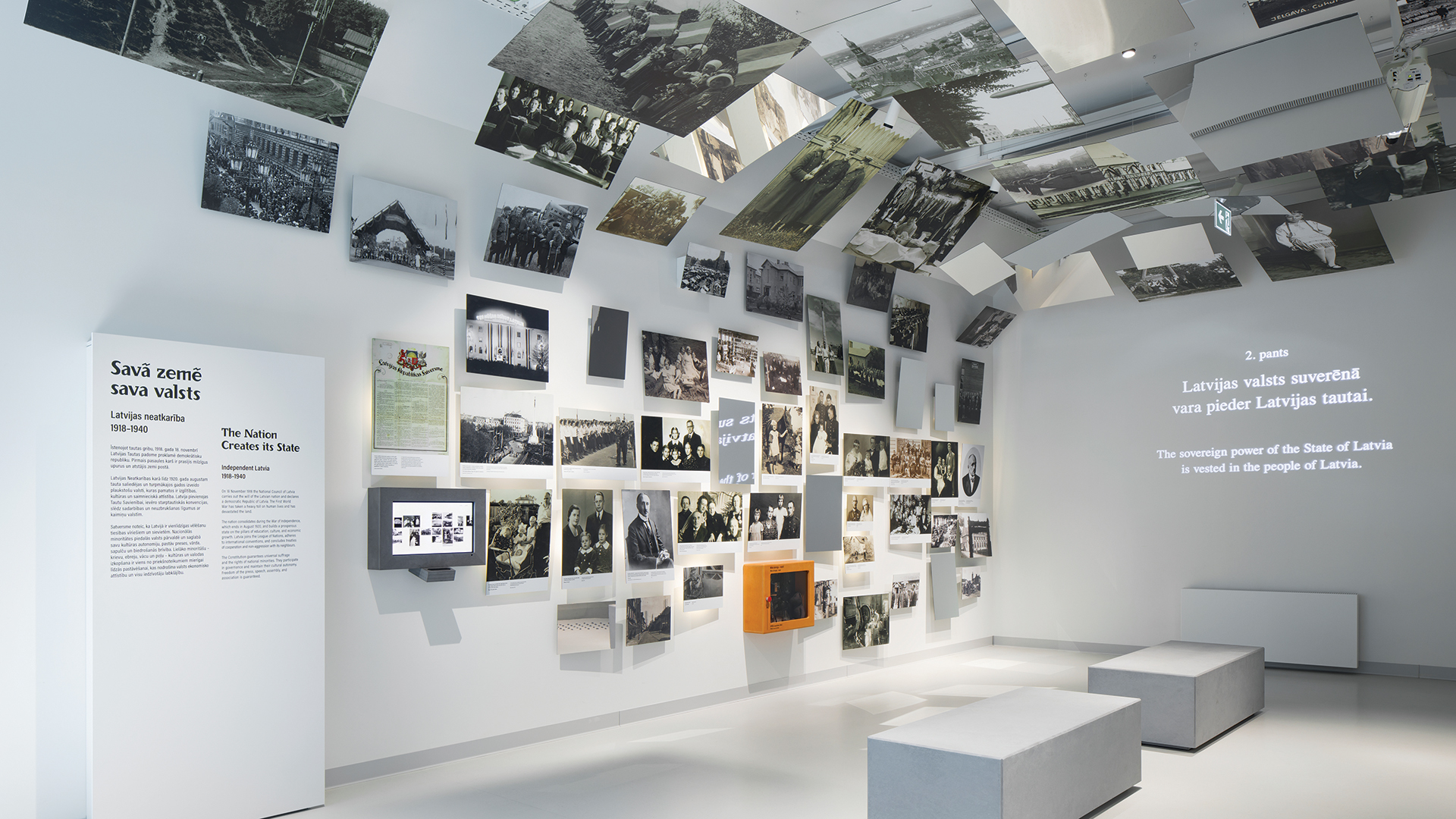
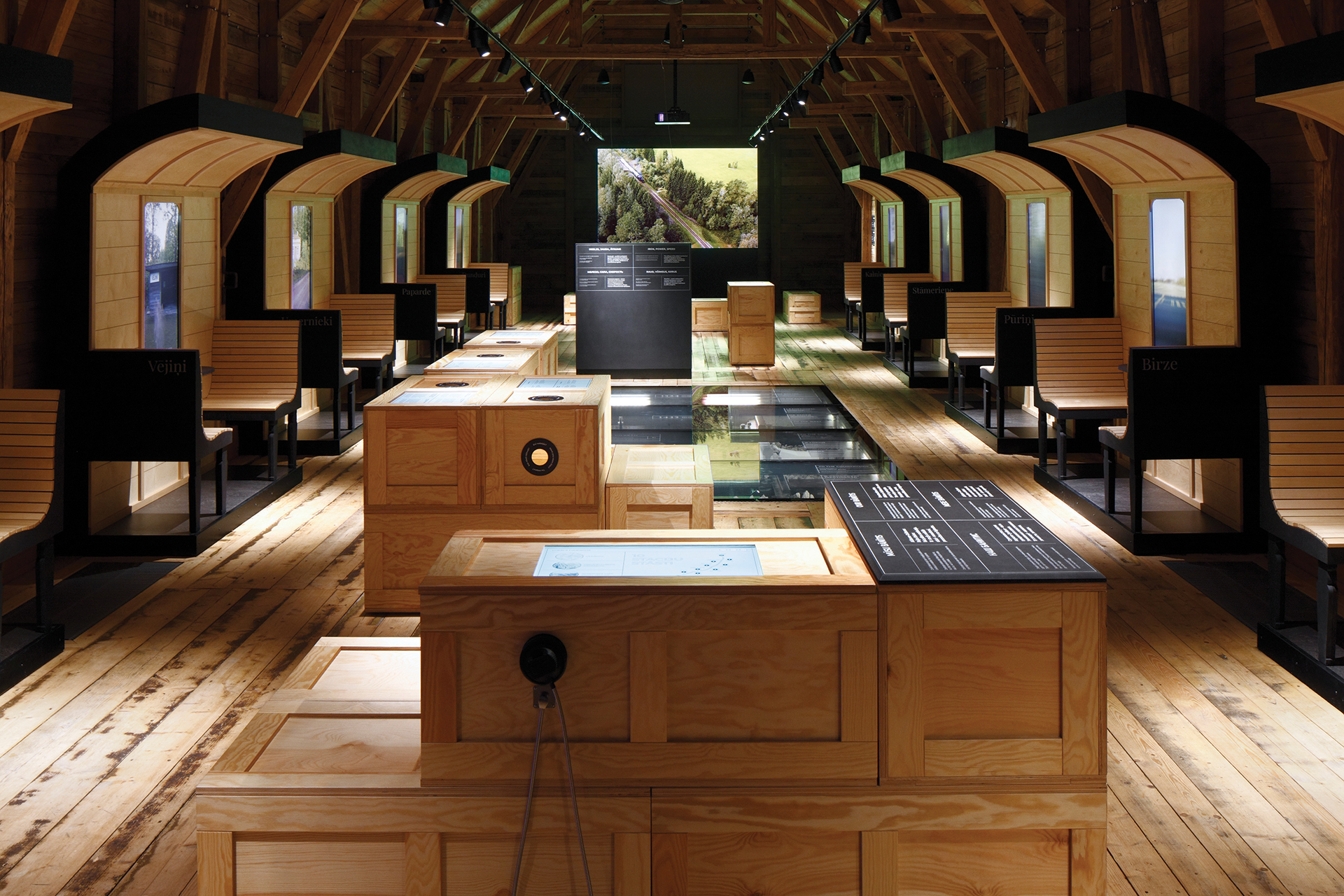
Aluksne Banitis Station; Photo credit: Design Studio H2E, Ansis Starks
Your work spans exhibitions, memorials, wayfinding, and placemaking. How do you begin to shape a design concept?
Ingūna Elere: For me, the process often begins with a question: what emotion do we want to evoke? Function is essential, but it is not enough. We always look for an additional layer — meaning, value, memory. Research is critical; if you do it honestly and sincerely, the story emerges from that process.
Holgers Elers: For me, it starts visually. When I listen to a client, I often see images in my head immediately — the way a space might feel, the way the story might unfold. Of course, once we start drawing, the reality changes. But that first vision helps us find direction. From there, it becomes a dialogue between imagination and construction.
H2E has been credited with elevating Latvian design to the global stage. How do you see your role in shaping a national design identity?
Ingūna Elere: In truth, we never set out to “be global.” We simply tried to be honest about our culture, our heritage, our color systems, our ways of composing space. That authenticity, I think, is what resonates beyond Latvia. When work comes from a deep cultural root, it has the potential to connect everywhere.
Holgers Elers: Exactly. Latvia is small, but design can have a butterfly effect. If you do the best work possible, with high quality and integrity, it will travel. Recognition is an honor, but our real motivation is to use our limited time well — to create work that matters not only for us, but for everyone.
Storytelling is at the core of your work. How does your approach shift between an exhibition, where the story is explicit, and a memorial, where it may be more abstract?
Ingūna Elere: Every story has its own right way to be told. Sometimes it requires text, graphics, or multimedia. Other times, it requires silence and absence. In memorials, we often reduce rather than add. For example, the Museum of the Occupation has spaces designed to feel uncomfortable — monochromatic light, constrained circulation. Because comfort is not the goal—experience is.
Holgers Elers: Designers have many tools, but not every project needs them all. Sometimes light and sound are enough. Sometimes you need complexity. The key is to match the method to the meaning, and always to consider the audience — whether they are children, scientists, or elders.
You work as partners in life and design. How do you collaborate and where do you differ?
Ingūna Elere: In the beginning, we did everything together. Now, we often start separately and then invite each other in. I might bring Holgers into a project to think about space; he might bring me in to think about color or composition. We imagine differently — our sketches never look the same — but that difference is the most interesting part.
Holgers Elers: Yes, and we balance each other. Ingūna is strategic and creative; I am creative and technical. She pushes ideas; I make sure they can be built. Sometimes I have to say, “No, that’s impossible.” Sometimes she convinces me it’s worth trying anyway. This tension makes the work stronger.
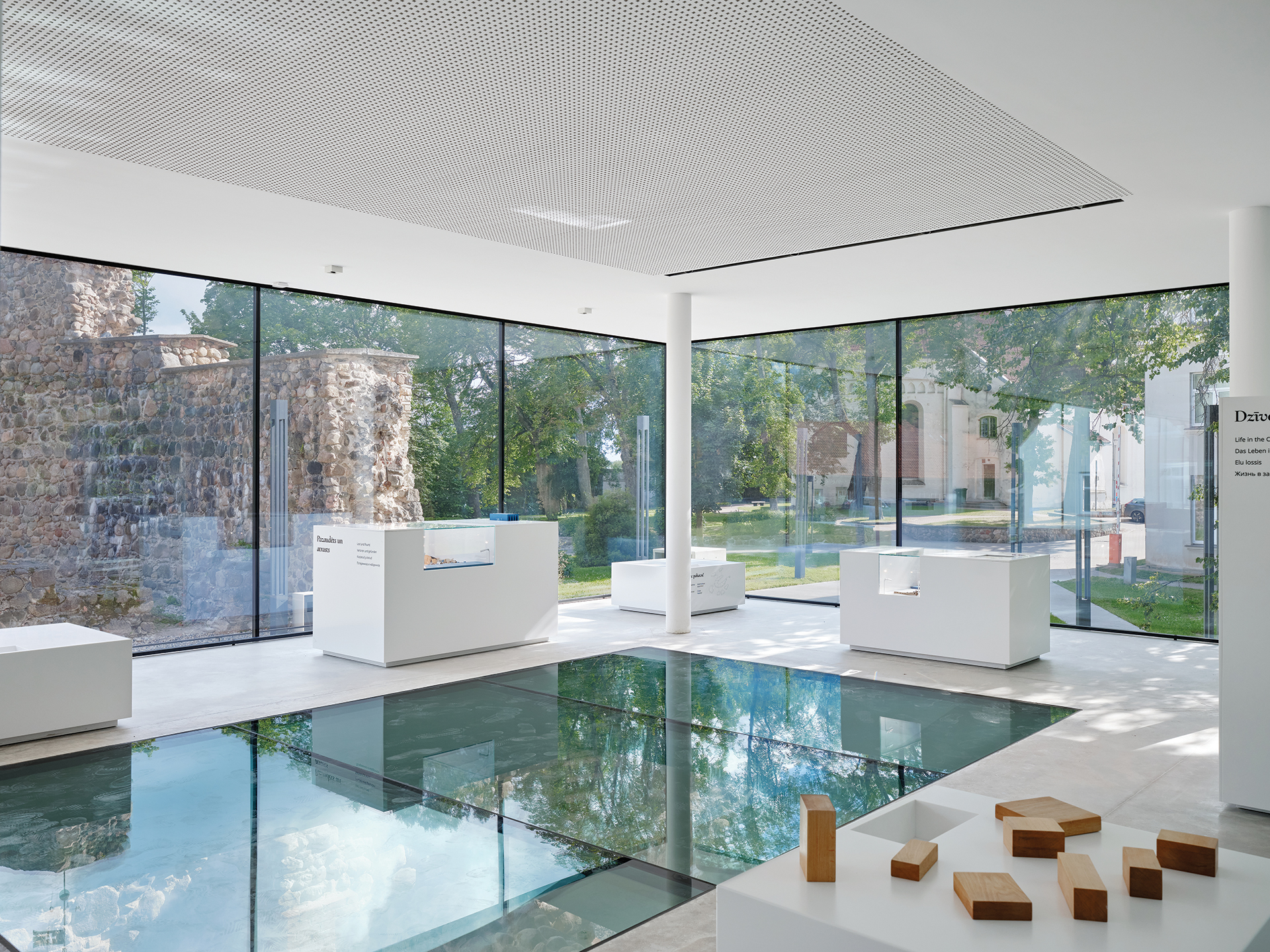
Valmiera Museum; Photo credit: Design Studio H2E
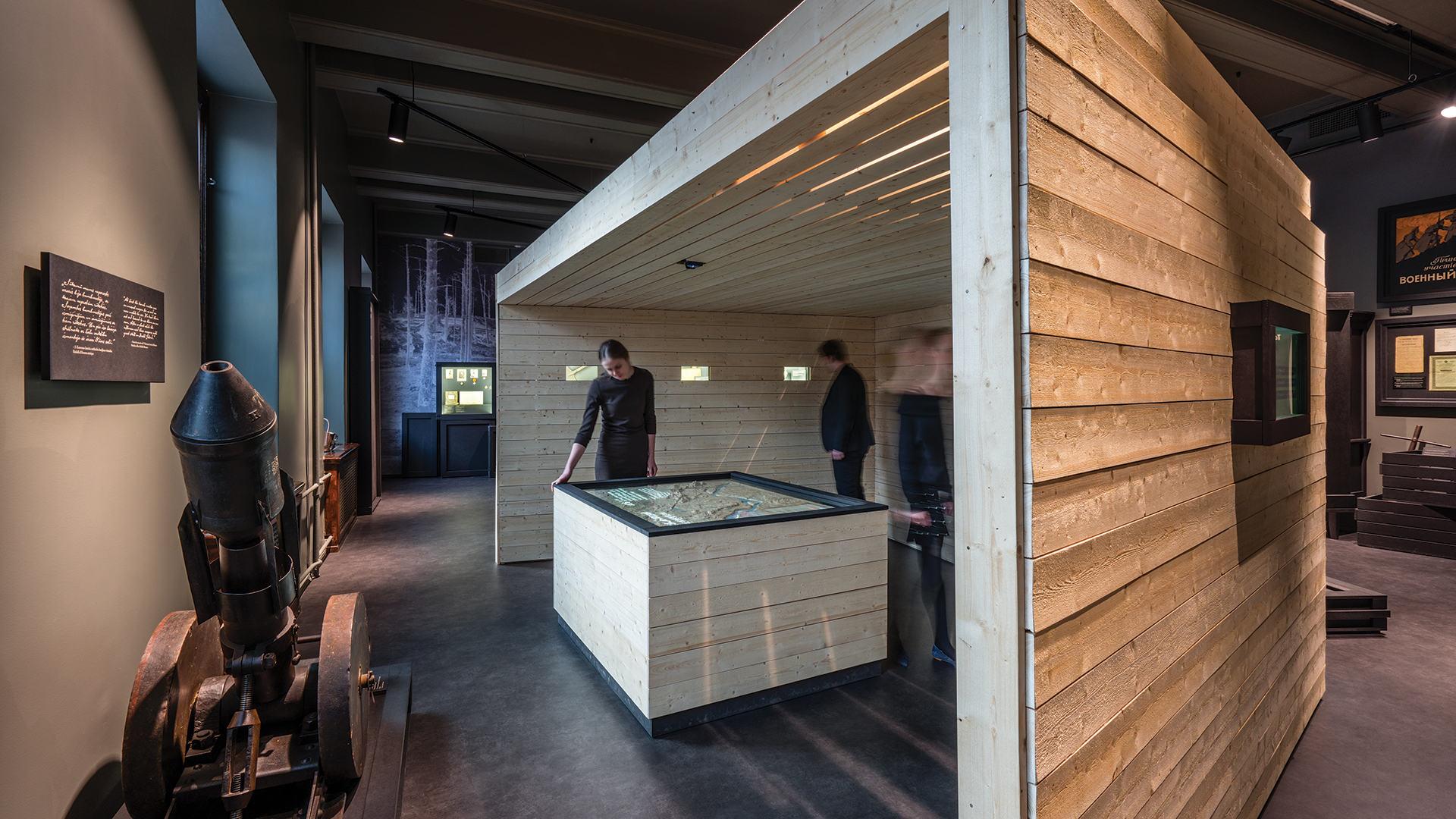
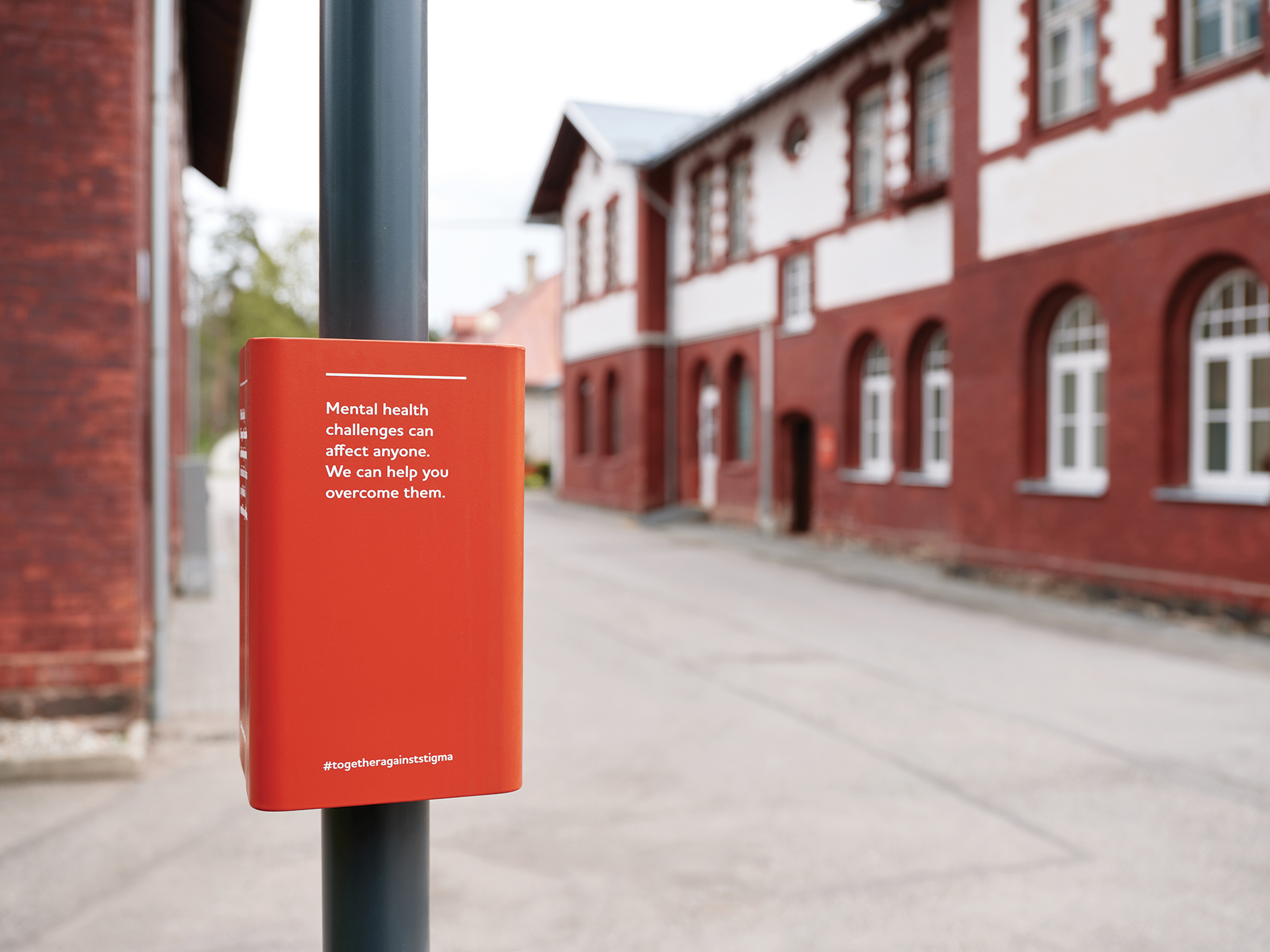
Both of you are professors at the Art Academy of Latvia. What do you emphasize when mentoring the next generation of designers?
Ingūna Elere: Honesty. Too often students look only at mood boards or other people’s work. We encourage them to find their own ideas, to fight for them, and to believe in them. If you have an idea, you must learn how to express it — not by imitation, but by skill.
Holgers Elers: Drawing is still essential. Our education was grounded in painting, sculpture, and making. Today many students jump straight to digital tools or AI, but without the ability to build or visualize, the ideas remain empty. AI is a useful tool, but it lacks soul. Designers must learn to put themselves into the work.
Much of your work has dealt with documenting Latvia’s difficult history. How do you see your role in shaping collective memory?
Ingūna Elere: For us, design is political. It can be an instrument of silence or of dialogue. Many families still do not talk about their experiences under occupation because it is too painful. But design can open the door. We have seen exhibitions make grandparents speak to grandchildren for the first time about the past. That is powerful.
Holgers Elers: Our responsibility is not to present facts, but to create experiences. People may not remember every detail, but they will remember how they felt. If they leave with empathy, reflection, or even discomfort, then design has done its job.
What advice would you give young designers entering the field today?
Ingūna Elere: Be curious, be brave, and be true to yourself. Do not chase trends; pursue meaning. Design is about humanity, not just form.
Holgers Elers: Learn to build, not just to imagine. Cultivate authenticity and technical skill. The future of design depends on people who can balance vision with realization — who can create experiences that are not only beautiful, but true.
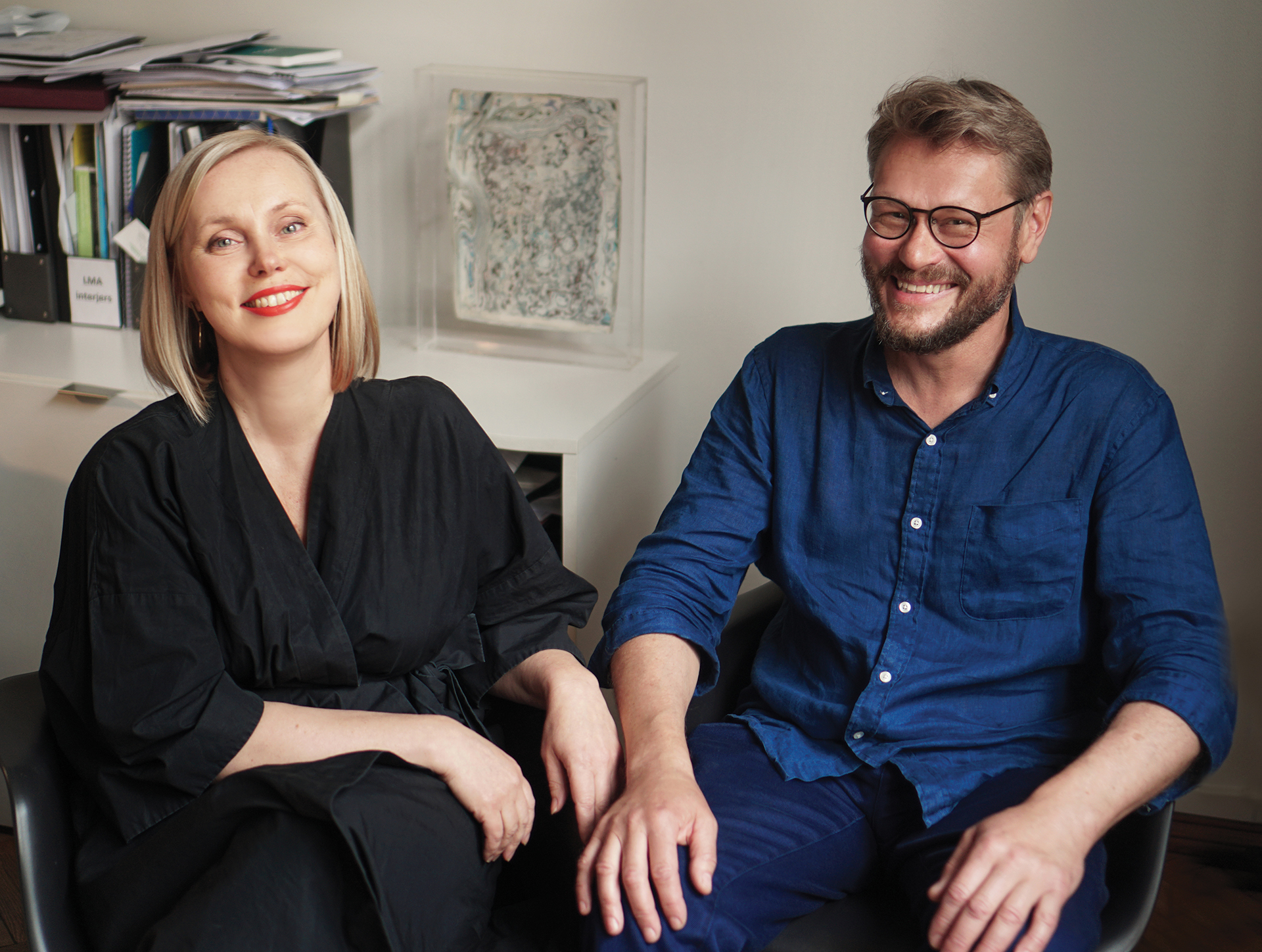
Explore their work
All Projects-
Read more Emergency and Outpatient Health Center
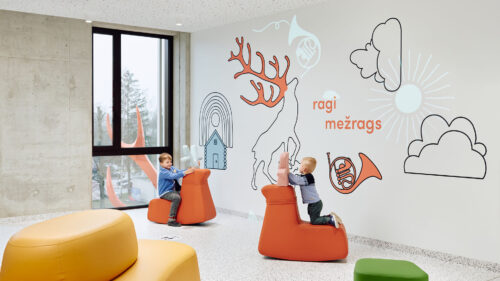
Emergency and Outpatient Health Center
Design Studio H2E -
Read more The Tactile of History. Memorial to the Victims of the Soviet Occupation

The Tactile of History. Memorial to the Victims of the Soviet Occupation
Design Studio H2E
Taktila -
Read more Aluksne Banitis Station

Aluksne Banitis Station
-
Read more INFORMATION

INFORMATION
Design Studio H2E -
Read more Tadenava

Tadenava
Design studio H2E -
Read more Ventspils Museum Exhibition
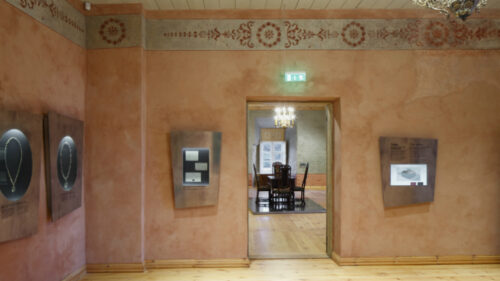
Ventspils Museum Exhibition
Design Studio H2E
People also viewed
All Fellows-
Shirin Frangoul-Brückner

Shirin Frangoul-Brückner
-
Marquise Stillwell

Marquise Stillwell
-
Stefan Sagmeister
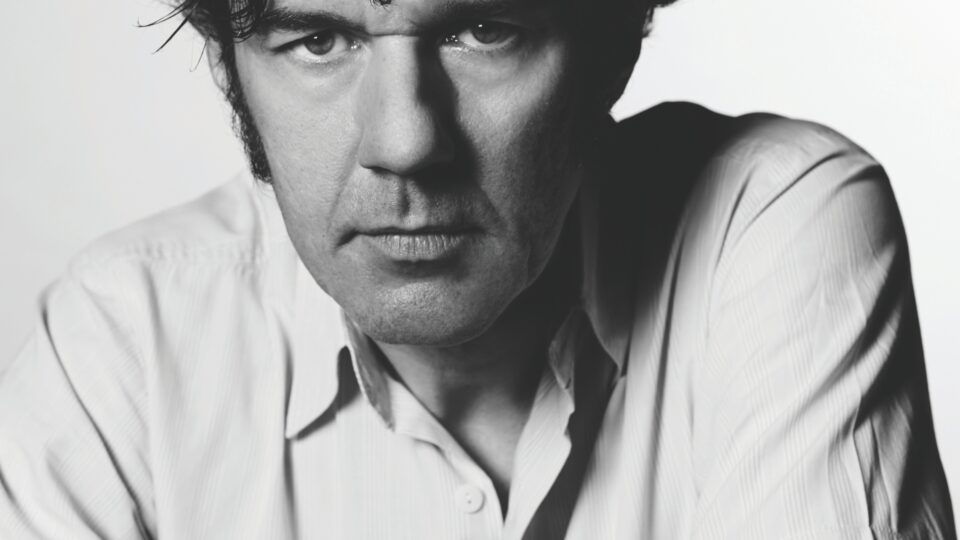
Stefan Sagmeister